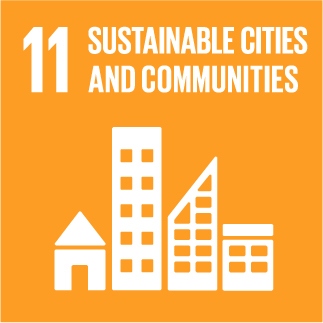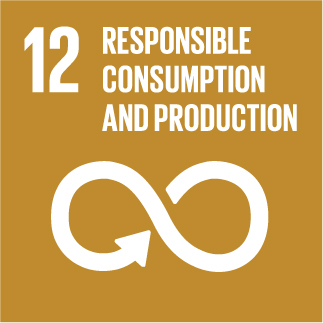URBANREC
Catalytic and photocatalytic epoxidation over microporous titanosilicates with nanosheet or layered structure
Bulky epoxides are industrially produced by organic synthesis in multistep procedures, generating significant amounts of waste products in the process. Efficient catalyst in combination with a simple oxidant (H2O2 or O2) would significantly reduce the waste production. Four types of microporous titanosilicates with extra-large pores (Ti-UTL), and shortened diffusion pathways (L-TS, Ti-MCM-22, and Ti-SPP) were prepared and investigated in the epoxidation of cyclooctene with H2O2 and photocatalytic oxidation using O2. Ti-UTL is a zeolite possessing 14?12-ring channel system. l-TS-1 and Ti-MCM-22 are composed of aggregates of titanosilicate nanosheets with the thickness of ca. 2?nm and hexagonal thin platelets, respectively. Ti-SPP is composed of olive-like aggregates with approximately length of 0.88–1.12??m and width of 0.44?0.68??m consisting of intergrown (self-pillared) nanosheets having 13?70?nm in size. In the epoxidation with H2O2 as an oxidant, Ti-MCM-22 showed the highest catalytic activity due to the wide interlayer space, which enhanced the accessibility of cyclooctene to active titanium site. While, in the photocatalytic epoxidation in the presence of O2 instead of H2O2, Ti-UTL showed the highest activity. The incorporated germanium atoms, which is indispensable component for the construction of extra-large pores, may affect the electronic properties of active titanium species, leading to high photocatalytic activity.

» Author: Yukari Yamazaki, Jan P?ech, Yasutaka Kuwahara, Kohsuke Mori, Ji?í ?ejka, Hiromi Yamashita
» More Information

This project has received funding from the European Union's Horizon 2020 research and innovation program under grant agreement Nº 690103




URBANREC Guidelines by URBANREC Consortium is licensed under a Creative Commons Reconocimiento-NonComercial-NoDerivatives 4.0 Internacional License.
Puede hallar permisos más allá de los concedidos con esta licencia en www.aimplas.net
